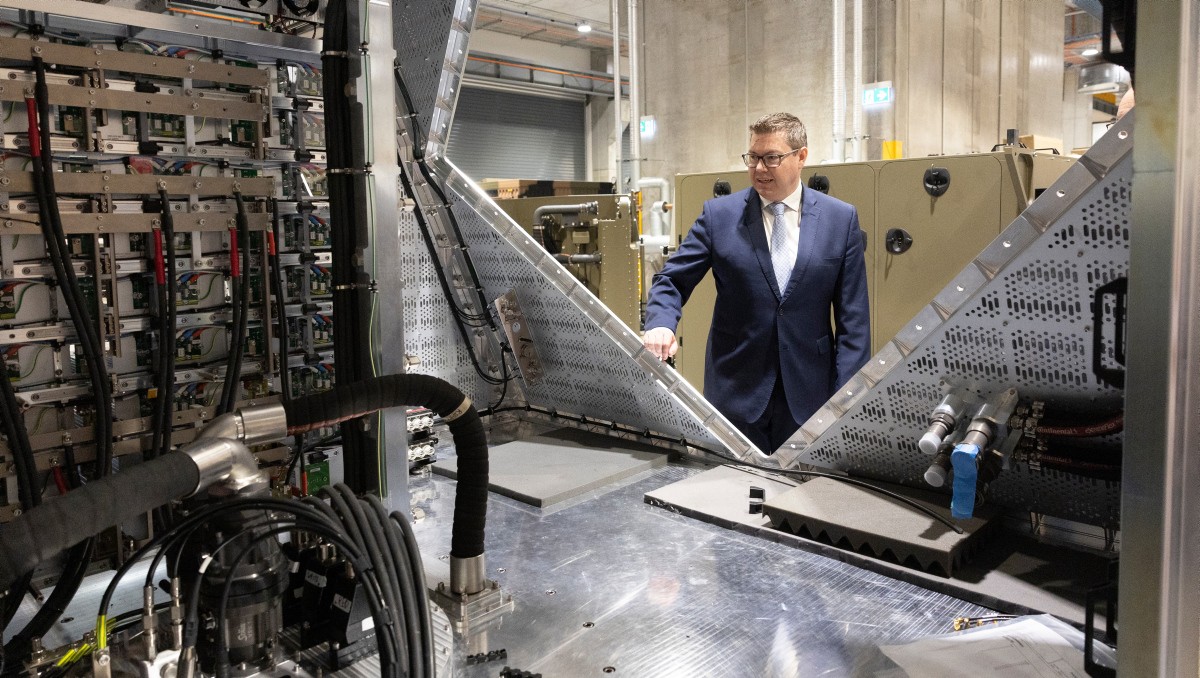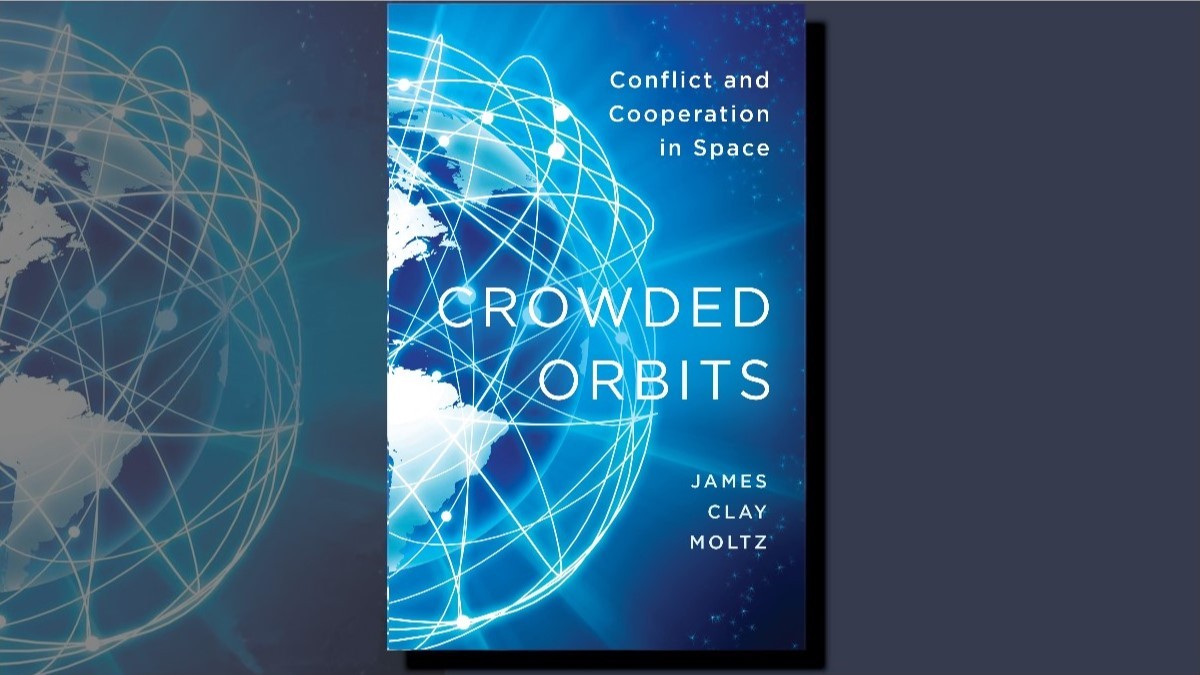Adaptive Campaigning and the Need to Empower our Junior Leaders to Deliver the ‘I’m an Australian Soldier’ Initiative: A Continuing Challenge for the Commander and the RSM
Abstract
The complexity of the future battlespace will consistently require more and more from our junior leaders. The more is our junior leader’s ability to apply their leadership and skills across all Five Lines of Operation and to transition very quickly between them as required by Adaptive Campaigning. This means they must fully commit to prevailing in one line while thinking about the next. More so than ever we must be aware of the need to shape and develop our people.
Adaptive Campaigning - Future Land Operating Concept requires Army to excel at the grassroots level. Joint Land Combat, and to a large extent each of Adaptive Campaigning’s Five Lines of Operation, requires effective application of leadership and skills at the minor tactical level. This level is the domain of our junior leaders—our lieutenants, sergeants and corporals. Their foundation is to be an expert in close combat supported by being brilliant at the basics. Our junior leaders and soldiers often misunderstand this primary core behaviour. A truck driver may not need to be able to participate in a deliberate attack against a fortified enemy as an Infantryman, but they must be able to defend themselves and operate their vehicle in the close combat environment.
To meet this challenge, our junior leadership needs an intuitive and well developed understanding of their own and their team’s contribution to Adaptive Campaigning. They need to develop within an environment, set by the unit command team, which trains, supports and resources them to empower junior leaders to contribute fully to success in our future operating battlespace. An important component of this environment is that command teams at all levels must also exemplify the behaviours we expect from our junior leaders and their soldiers.
Army’s history is full of examples of junior leaders seizing the initiative and winning the day. These examples provide ample evidence that the application of the Adaptation Cycle—Act, Sense, Decide and Adapt—can come naturally to our junior leaders if they are properly and effectively trained and prepared. It is the cumulative, and often concurrent, effect of many such efforts that win in battle and create success on operations. Without the dynamic input of our junior leaders and their soldiers we may flounder and even fail. There is no second place in war and, therefore, such failure is unthinkable.
The need to develop, support, resource and empower our junior leaders remains a continuing challenge for commanders and their RSMs, particularly as the characteristics of the battlespace become ever more complex. By training and then trusting our junior leaders to think and act for themselves, or applying the Adaptation Cycle at the minor tactical level, and then demanding that they meet the requirements of Army’s core behaviours, we will prevail in the grassroots of Adaptive Campaigning. We will achieve this by enabling our junior leaders to lead effectively in the most complex warfighting environments. This is essential for success in our future operating environment. Through this development, commanders and their RSMs will inculcate a sense of mutual trust across unit leadership from corporal to colonel. This will have a mentoring effect on our soldiers, convincing them to accept leadership roles—every soldier is a leader. The unit will then be optimised as a cohesive team, able to meet the considerable challenges of success across all diverse Five Lines of Operations required in Adaptive Campaigning.
A commander is ultimately only as good and effective as the sum of his or her people. Training, supporting and empowering junior leadership to enable this cohesive team approach to success is, and will remain, crucial.
What Do Our Junior Leaders Need To Meet Their Part In Adaptive Campaigning?
The key to developing our junior leaders is, as much as possible, unfettered access to what is becoming one of our most important resources—time to train.
Our contemporary unit work environment is affected by conflicting demands on time. Corporate governance, mandatory training, administration and external support requirements all place demands on this resource. This, in some form, has always been a part of unit life and will remain so. Unit life today is busy and complicated. The challenge for commanders and their RSMs is to seek solutions to free up training time for junior leaders and, where possible, to quarantine them from administrative and support burdens not specific, or essential to, the leadership of their teams.
To maximise the use and effectiveness of training time, commanders must instil in their junior leaders the acceptance that they are not only required to lead their teams, but that the responsibility to train and meet the development and welfare demands of their soldiers also rests with them. The All Corps Soldier and the Officer Individual Training Continuums are perhaps world’s best and are producing the framework for quality leaders. It is at the unit level, however, that these skills, knowledge and attitudes are consolidated and continually developed in the working environment. Commanders must give clear direction, set goals and provide support and resources, including providing the time to train. Commanders must establish effective and transparent unit mechanisms to supervise and validate training at every level and to contribute to our learning cycles.
This may be best achieved through a well crafted unit training directive, which is effectively communicated to all. This directive could be built around the requirement for activity debriefs and After Action Reviews at all levels, feeding a unit lessons mechanism that ensures continuous learning and development. A lesson for one should be a lesson for all—every soldier committed to continuous learning and self development. Our junior leaders’ personal commitment to individual and team training and development should inform their Personnel Appraisal Report, and they should fully understand and accept this performance requirement. However, we must also establish a training environment that is understood to be permissive of error but not negligence. Our junior leaders and their soldiers must understand the difference.
Our training regime must reflect operations. It must provide elements of uncertainty matched with physical and mental stress, safeguarded by risk assessment and risk mitigation. There must be a requirement for courage in training—every soldier physically tough, every soldier mentally prepared, and every soldier courageous.
We must always trust our junior leaders, and their soldiers, to take action. My personal observation, from CTC Warfighter rotations, is that our people are prepared ‘to do’ in order to get the job done. They are normally prepared to take action in the absence of orders and directions. We must foster this—every soldier takes the initiative. Taking the initiative is an essential part of self discipline—the discipline that will hold us together in the modern battlespace. Our people must be able to constantly do what they know is right, without being told, to the best of their ability—and always have the courage to do so.
I clearly remember each member of the section I commanded twenty-five years ago. We worked together with only minor change for twelve months and were able to develop a cohesive team to the point where a simple field signal resulted in my soldiers, good men all, acting in concert swiftly and efficiently. I was far from my unit’s best junior leader and my soldiers far from the best trained, but our actions were slick, quick and effective. Today, our dynamic unit tempo and high personnel turnover emphasises the need for constant building and rebuilding of our small teams at the expense of team integrity. If it is agreed that effective adaptation is supported by small team cohesion, trust, willingness to change and every soldier working for the team, we must always consider ways to minimise disruption to our small teams.
Our recent operational history shows that either directly or indirectly, our soldiers have saved many more lives than they have taken. We should all be very proud of this fact. We are a compassionate Army full of compassionate people. Four of the Five Lines of Operations in Adaptive Campaigning require a level of compassion to succeed. I could argue that the fifth, Joint Land Combat, also requires a compassionate approach to minimise collateral damage and unnecessary suffering. A private soldier in 1 RAR once said, ‘A few words and a helping hand can be the difference between having a nation’s support or not.’ He was very right. How can we achieve success and prevail without an inculcated mindset of demonstrating compassion? Demonstrated compassion leads to ethical and moral behaviour in battle and on operations—every soldier demonstrates compassion. Unit training programs must ensure that operational morals and ethics are included regularly.
In this short article I have articulated the need and benefit of instilling each of the nine core behaviours that underpin the ‘I’m and Australian Soldier’ initiative in our unit training and the development of our junior leaders and soldiers. I ask the reader to imagine a unit where each of its members strives to meet each of these behaviours, through personal commitment, leadership and command support. The reader would fight to be the commander or RSM or complete their tenure satisfied that he or she had commanded or supported a special capability. The behaviours may be aspiring, but they are an aspiration well worth command commitment and effort. This commitment and effort will mark a path for us to be brilliant at the basics through real engaged leadership. An element of each of the nine core behaviours, and the junior leadership needed to meet them, should be included in as many training and development activities as possible. The behaviours should be a driver in the design and construction of unit training programs and personnel development.
Success in Joint Land Combat and Adaptive Campaigning is predicated on the effective application of the Adaptation Cycle, and the mental and physical inputs required to achieve it at the minor tactical level. This is the space occupied by our junior leaders—lieutenants, sergeants, corporals, and their soldiers who are the real human dimension of battle.
Train them, support them, trust them—and they will win our battles because they are empowered. Through this support, they will deliver the nine core behaviours that prevail in Adaptive Campaigning. For our commanders doing this now, you are doing absolutely the right thing.
Two initiatives that are relevant and support Adaptive Army are the Force Generation Cycle and the new Army Training Continuum. Both initiatives will harvest the very valuable resource of ‘time to train’. Both provide, among other related initiatives, a new environment that allows us to remediate current shortfalls and better prepare for operations. Command at all levels must ensure that this valuable gain is carefully used and not wasted. We must invest a large portion of this harvested benefit where we most need it: preparing, supporting and developing our junior leaders and their soldiers to meet their part as adaptive campaigners.
In his foreword to Adaptive Campaigning – Future Land Operating Concept 2009, the Chief of Army describes the concept as ‘the next step to truly realising an Adaptive Army’. Given the essential role our junior leaders and their soldiers have to succeed at the minor tactical level, empowering junior leaders through engaged leadership, command commitment and effort gives them ownership of Adaptive Army. Ownership of Adaptive Army from private to lieutenant general ensures 100% commitment for a smooth transition to a more effective and agile army.


